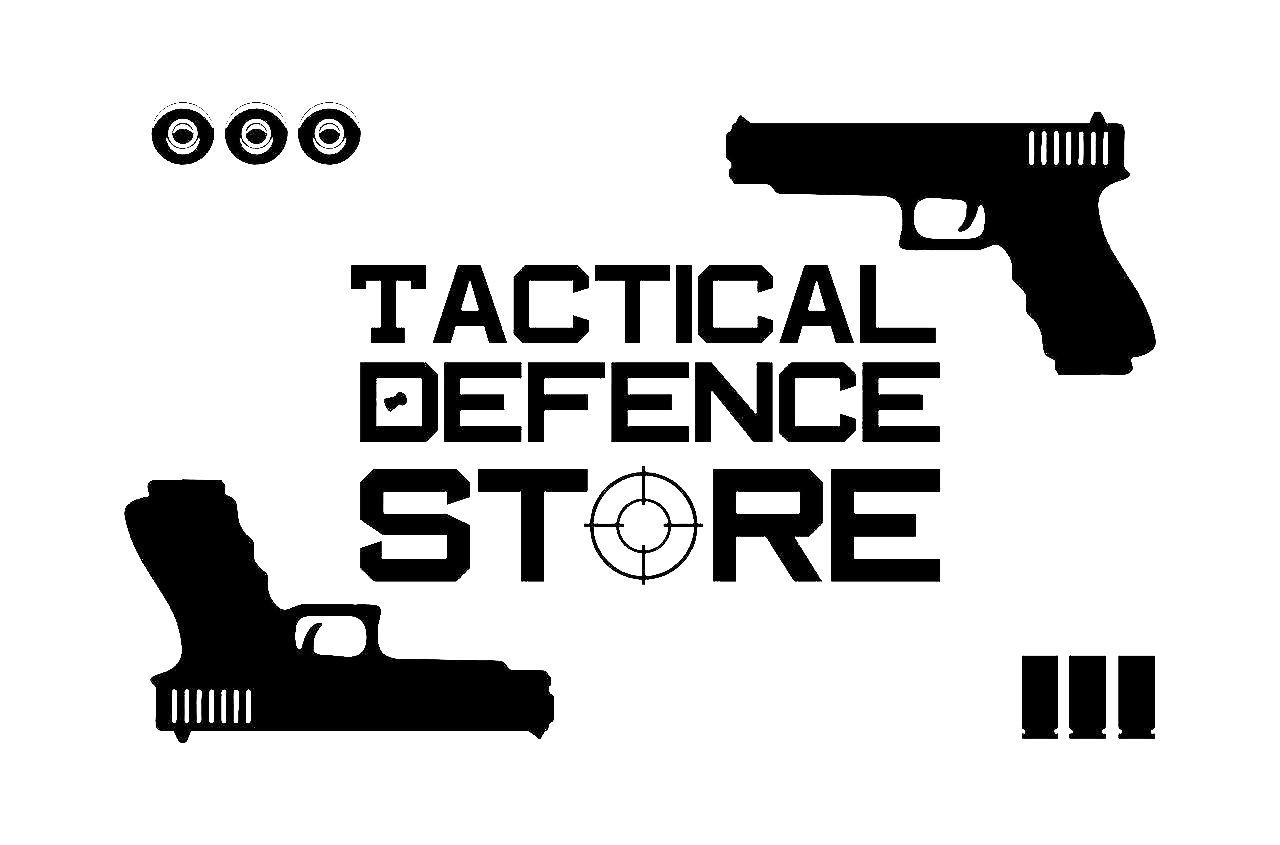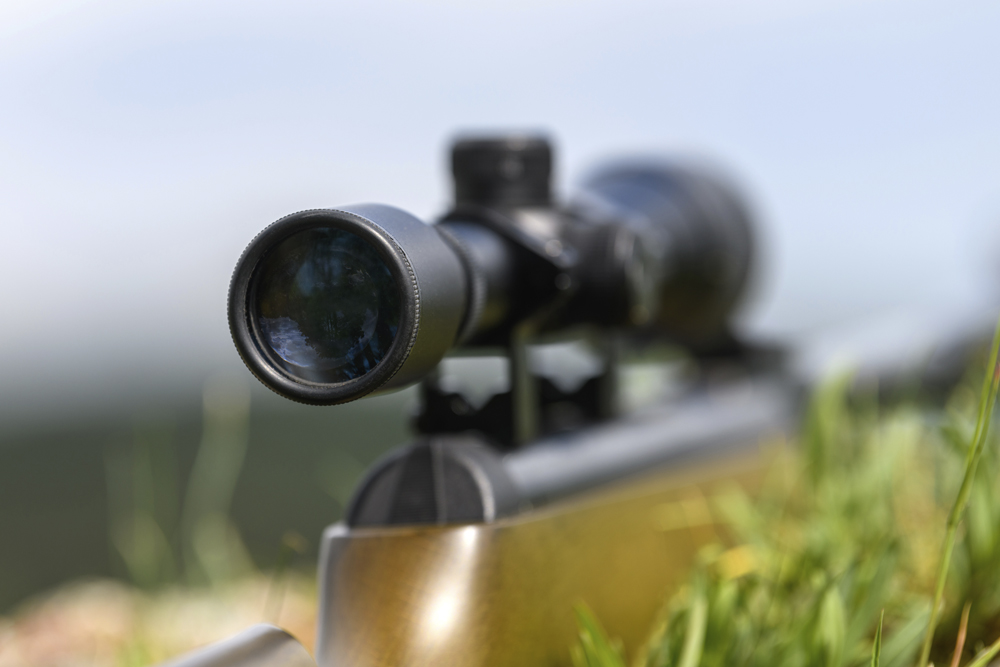There are no comments for this article
Tactical Defence Store
What To Consider When Choosing An Airgun
Airguns have become exceptionally popular over the last few years. Their quiet discharge lets you spend an afternoon plinking without disturbing your neighbours. Whether you want to own an airgun for plinking, pest control, or hunting, many different options are available to you these days. With so many airgun options available on the market, the hard part is choosing the best fit for you.
The next step to take is to educate yourself on some fundamental elements of the different products. You can also ask yourself some easy questions about what you will be using the airgun for, what propulsion method you would prefer, finishes, and your budget. These answers can now guide your decision-making process.
A Brief Explanation: What Is An Airgun?
An airgun uses compressed air to fire BBs or pellets pneumatically without chemical reactions. This is in contrast to your everyday firearm, which uses chemical reactions to generate propulsive energy to propel its ammunition. Airguns come in two forms, the long gun or rifle and the handgun or pistol.
What you wish to use your airgun for will depend on which form of propulsion you should choose. Airgun designs replicate traditional firearms and have three primary means of propulsion: high-pressure compressed air, a spring-piston mechanism, or a CO2 canister.
Deciding: What Is The Purpose Of Your Airgun?
Most airguns are explicitly designed for one purpose, whether for competition target shooting, hunting, or general shooting. The three main uses for an airgun are target shooting, pest control, and hunting small game. Once you decide what you will use your airgun for, it will be easier to pick out the best one.
Pest Control
Air guns are often used to eliminate pests such as rodents, unwanted birds, etc. They are the optimum choice because the ammunition costs are lower and safer than a regular gun. When choosing an air gun for rodent problems, you typically wouldn’t need anything larger than a .20 or .22 caliber utilizing BBs.
Hunting Small Game
If you are out to purchase an air gun for hunting small game such as rabbit or squirrel, you would need to look into buying an air rifle so long as it meets the weight, propulsion, and calibre criteria that would make it legal. When hunting game with an air rifle, you would use steel or lead BBs. These create the required energy that is necessary to penetrate an intended target.
Target Shooting
Target shooting is an inclusive term for all activities you can do with air guns, including practicing at a shooting range, plinking, target shooting events, and competitions. The most simple form of target shooting is plinking, and this is where the shooter utilizes homemade targets like paper targets or tin cans. Plinking is a popular pastime because you can do it in an open field or even in your backyard, and apart from ammunition costs, it’s not an expensive pastime.
Which Propulsion Method Will Best Suit Your Needs?
There are three types of propulsion methods used in the manufacturing of airguns.
Spring-Piston Airguns
Spring-piston airguns are popular because they are easy to use, powerful and consistent. They can either have under-barrel levers or side levers. The choice of which one you will go for comes down to user preference. The way that these guns work is as it sounds. A spring is attached to the front of a piston housed in a cylinder. The spring compresses when the gun is cocked, locking the piston in place. When the trigger gets pulled, the piston is released, which jumps forward compressing the air in front of it. This air gets driven through the nozzle, and as it goes, it accelerates the pellet in front of it.
Compressed or Pneumatic Airguns
Without much mechanical effort, compressed airguns permit vibration-free accurate shooting. They use refillable compressed air reservoirs made out of steel or aluminium as their energy source. A pressure regulator regulates the constant pressure, which also ensures that not all of the air gets released at once. The cocked striker is released when you pull the trigger, and this strikes a plunger allowing a certain amount of the compressed air to escape driving the pellet out of the barrel.
Pre-charged pneumatic or PCP airguns provide more power, increasing the precision of the guns compared to a multi-stroke or single pneumatic or compresses airgun. These PCP airguns need to be filled with an external high-pressure source, and the result is higher shot amounts at the same power and velocity.
CO2 Airguns
CO2 airguns are one of the easiest propulsion methods as they only need to be cocked once, after which you can fire until the gas runs out. These airguns make use of gas cylinders full of CO2. Attach your full gas cylinder, cock your gun and pull the trigger. A small amount of CO2 is released when the trigger is pulled, propelling the pellet out of the barrel.
Other Factors To Consider
Once you know what you will be using your airgun for and what kind of propulsion method you want to go for, you can start to consider some of these factors:
- The finish and fit of your gun
- The trigger quality
- How much power do you think you will need
- What kinds of features do you wish your airgun to have
- How much is your airgun budget
Conclusion
Know that you know a little bit more about airguns, you are in a better position to decide which one you might like to buy. To finalise your decision and gain some often much-needed expertise, come and have a chat with us at Tactical Defence Store, where we will be able to help guide you in your final steps before acquiring your new airgun.

 South Africa
South Africa

0 comments